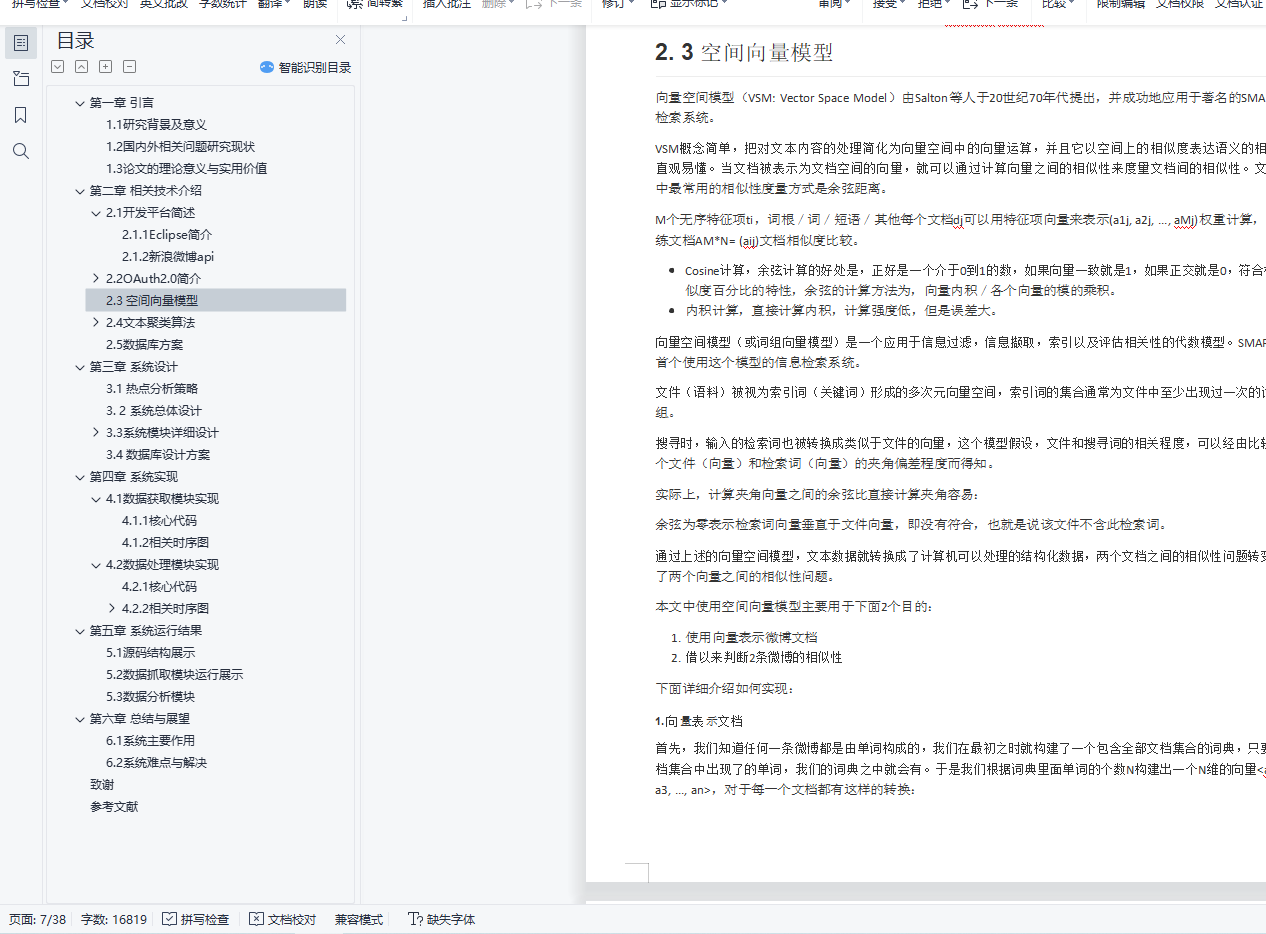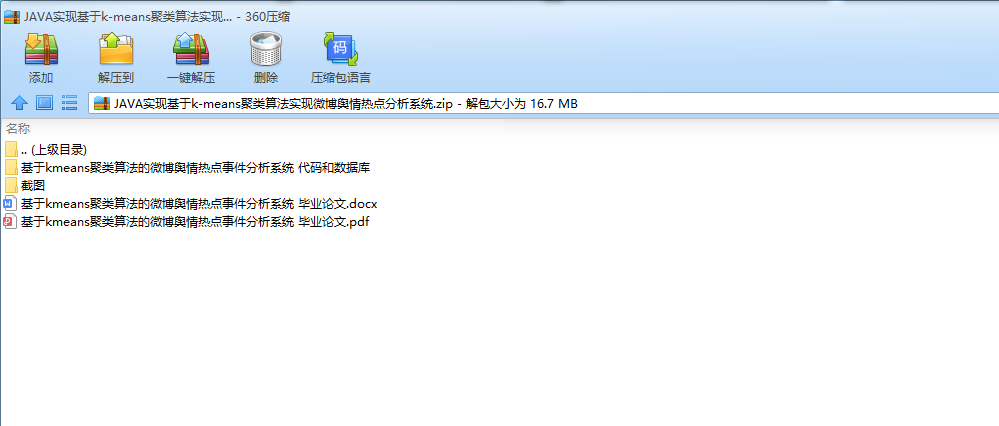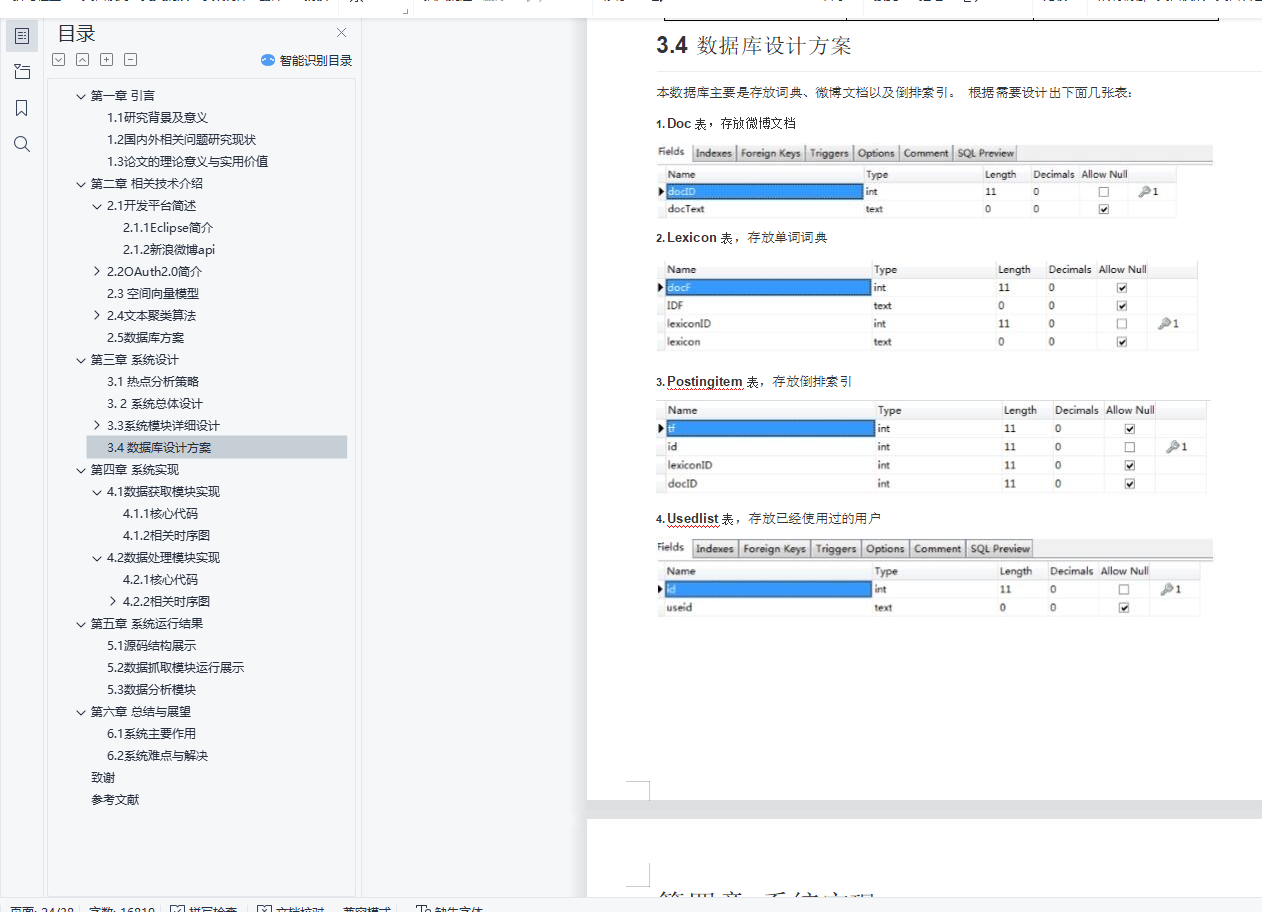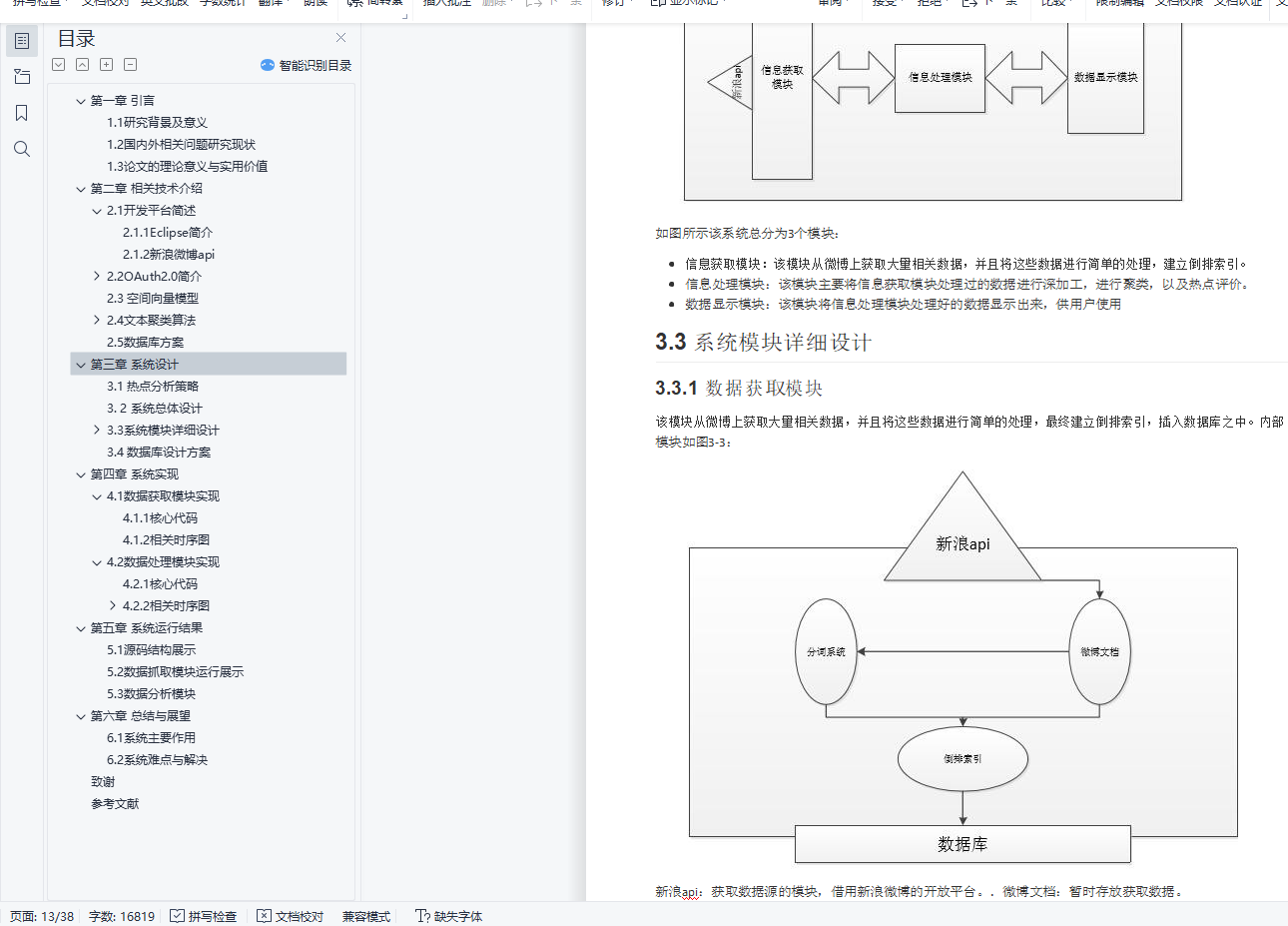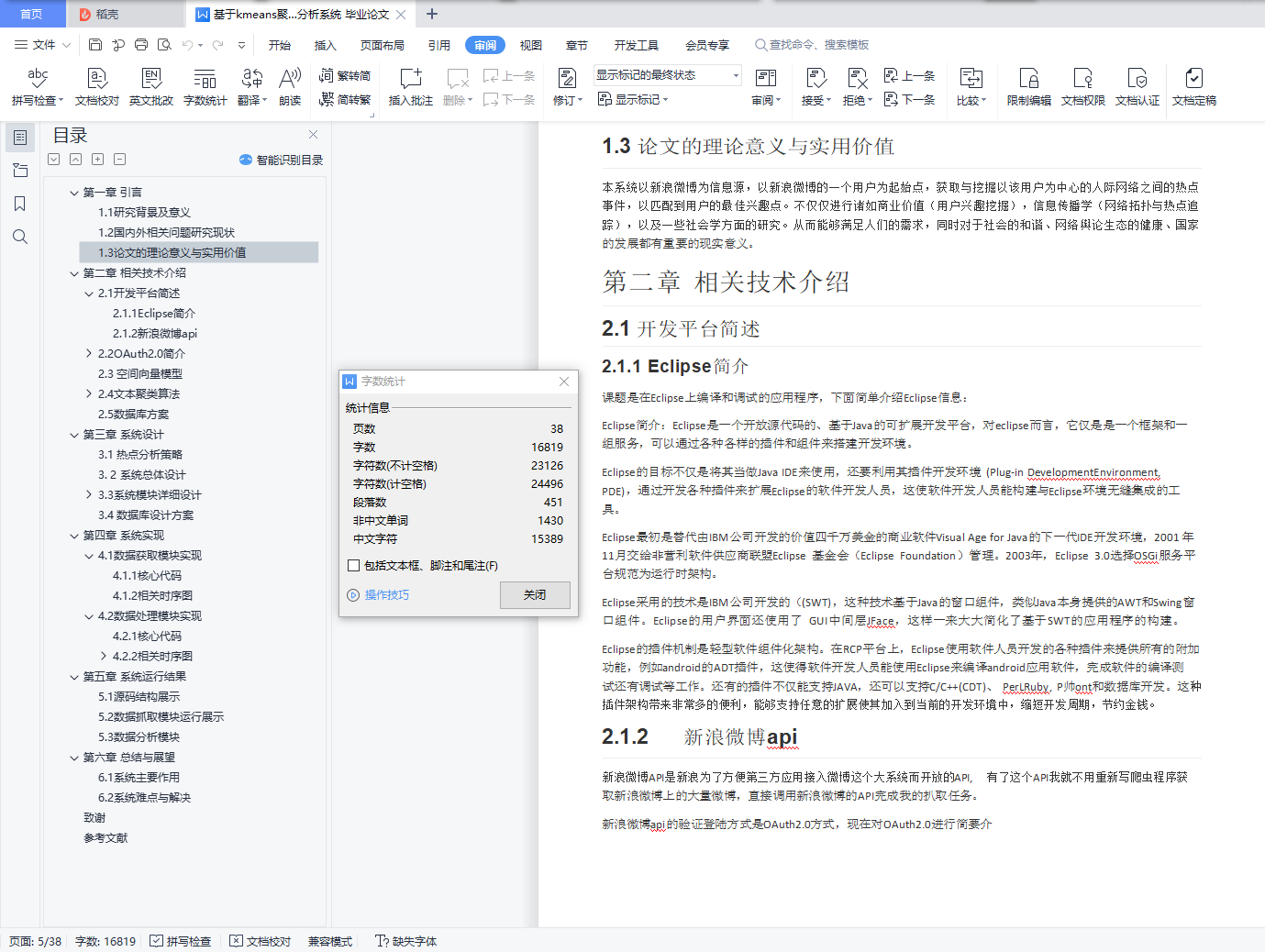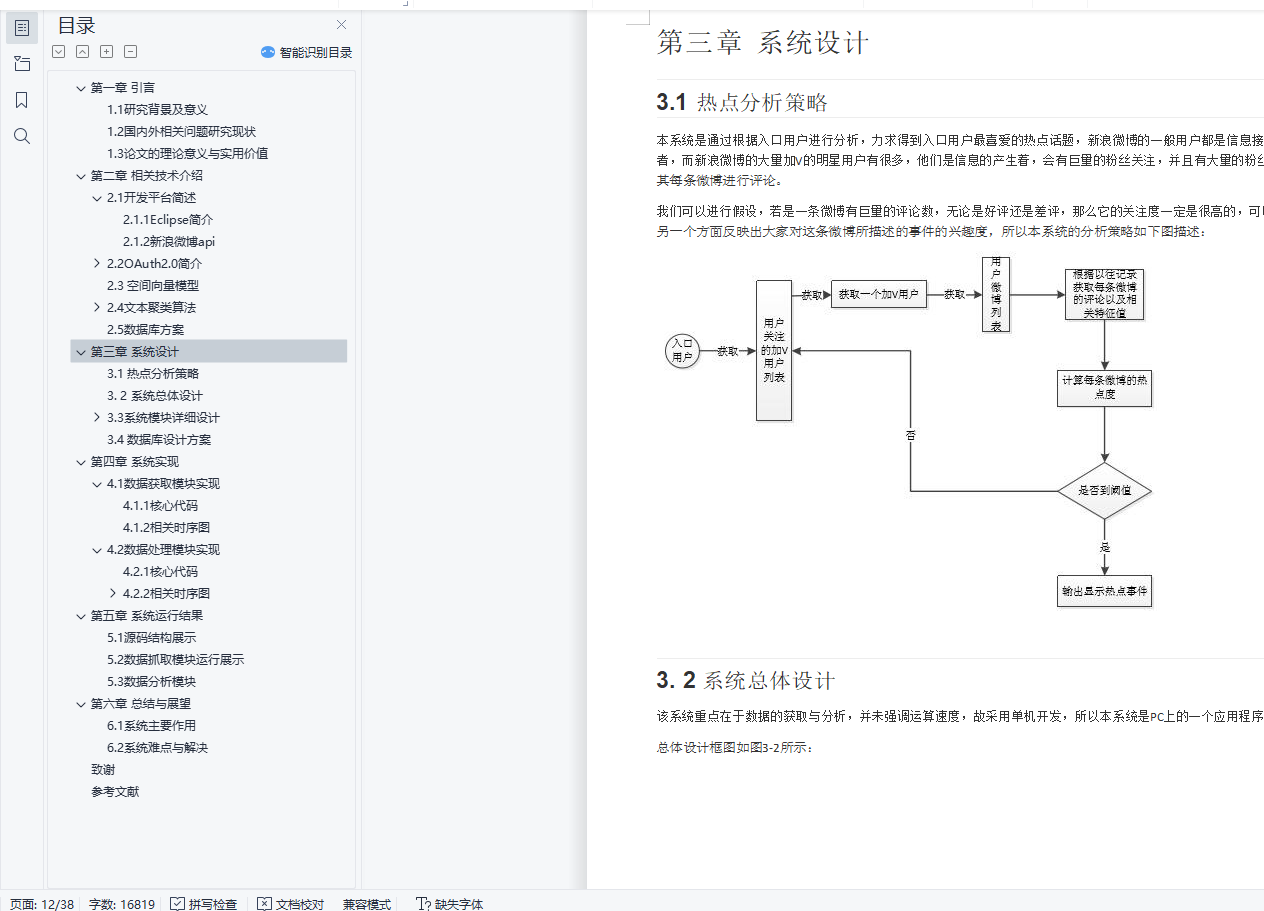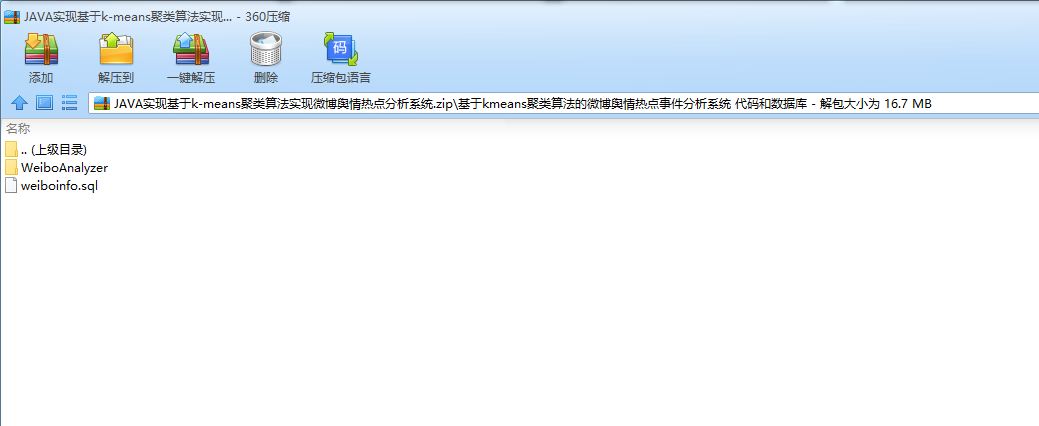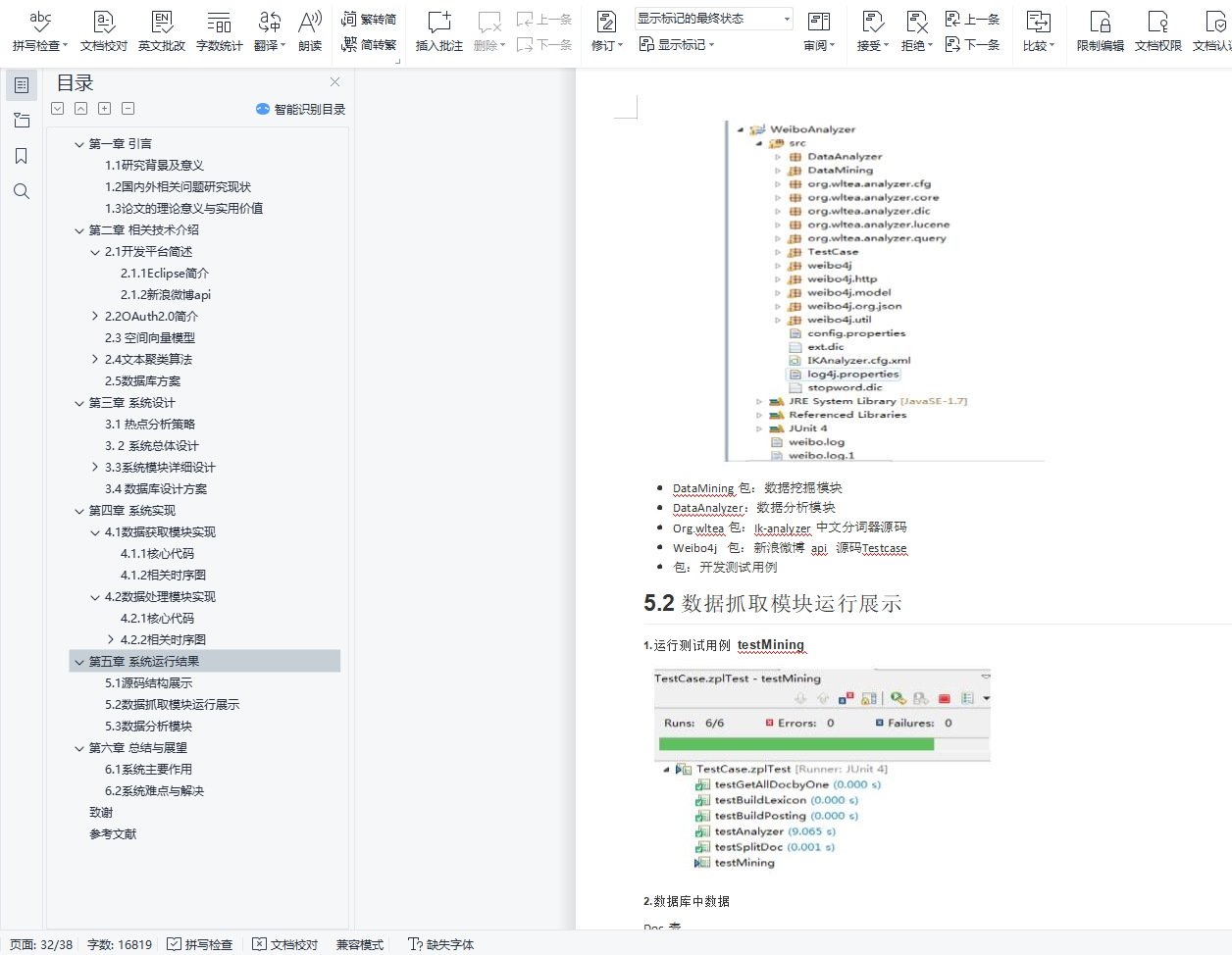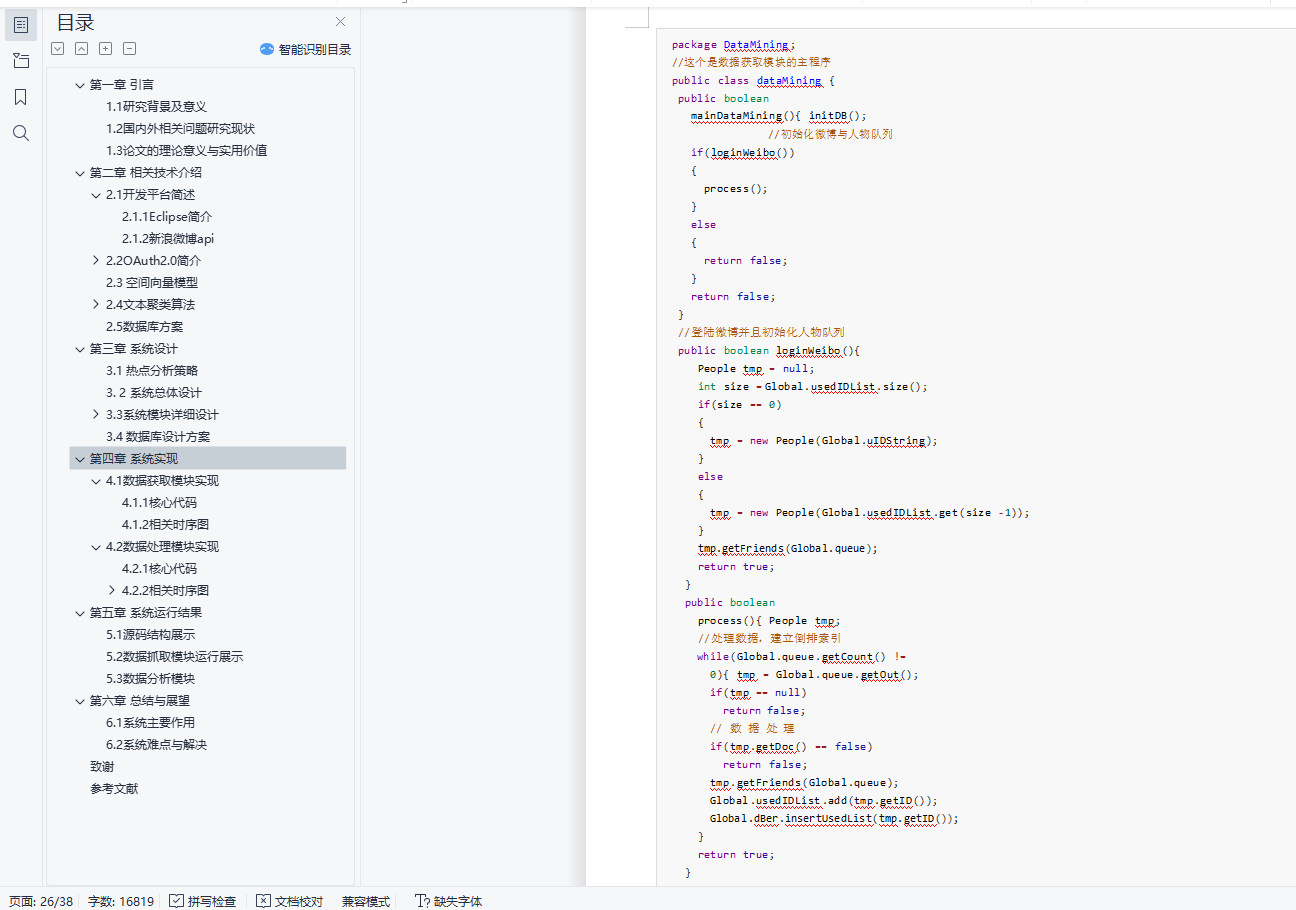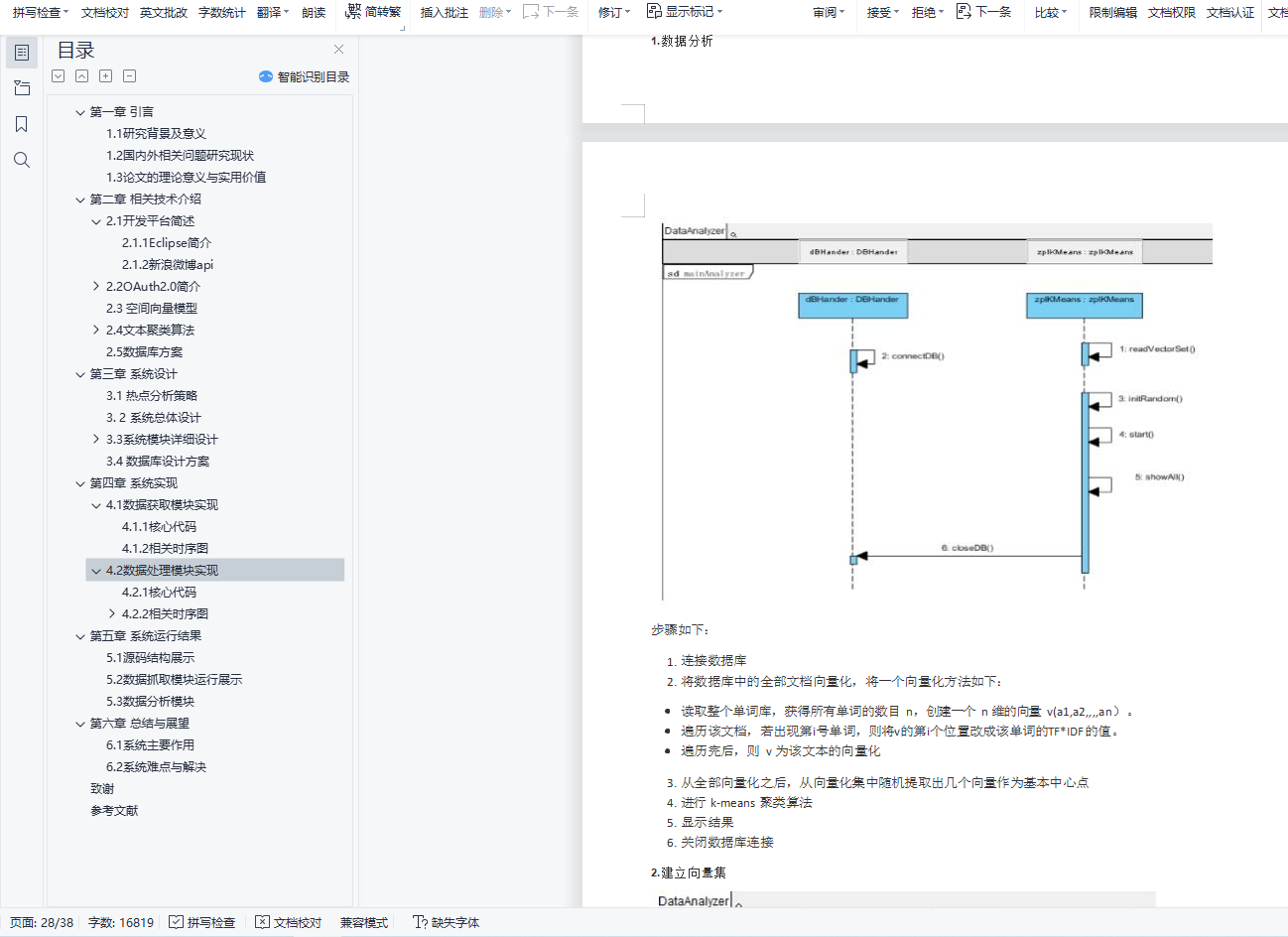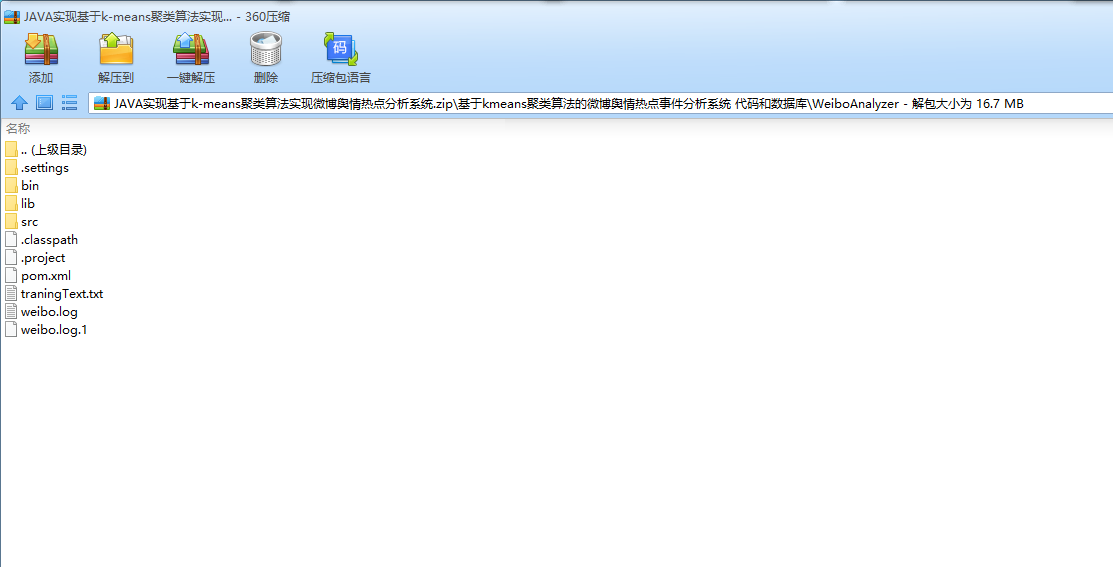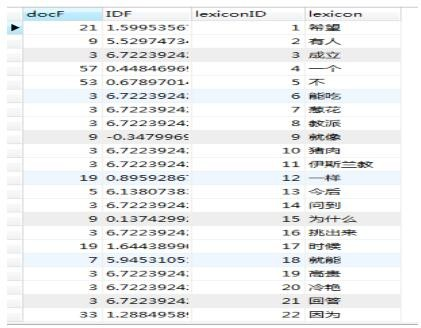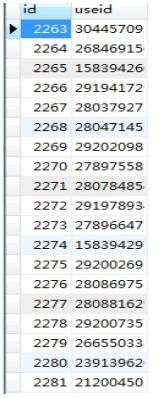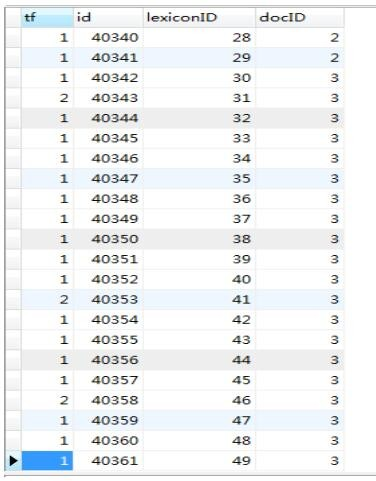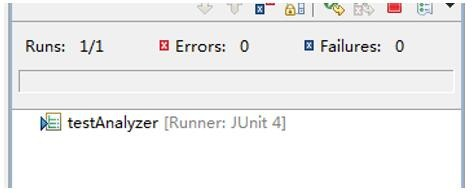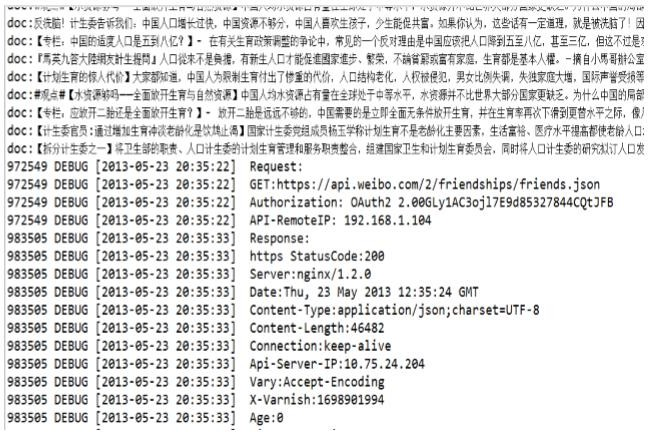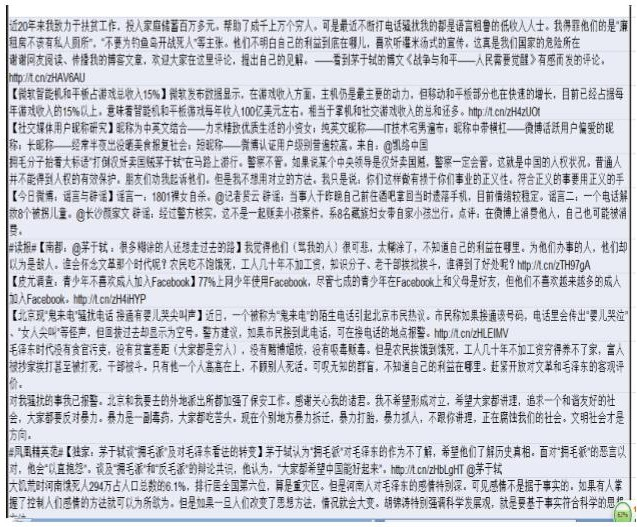摘要
微博在这短短几年时间内发展迅速,成为了传播信息的一种很重要的载体,仅新浪微博注册用户早已超过3亿,每 日发博量超过1亿条,微博是研究大量舆情信息的最佳场所。微博中如此大的信息量,必然要对信息进行甄选,这 是很自然的需求,所以以原始驱动为出发点,从数亿网民之中找到热点话题。监督规范网络行为,净化网络环境, 更重要的还能从中获取各类有用信息,进行诸如商业价值(用户兴趣挖掘),信息传播学(网络拓扑与热点追
踪),以及一些社会学方面的研究。从而能够满足人们的需求,同时对于社会的和谐、网络舆论生态的健康、国家 的发展都有重要的现实意义。
微博舆情分析系统就是来实现热点事件的挖掘与分析,本文首先介绍了舆情分析的理论基础和一些相关算法,然后 是对整个系统从零到整的完整开发记录,最后是通过本软件分析出微博的热点事件。
关键词:微博,舆情分析,向量空间模型,k-means聚类算法
|
|
 |
Abstract
Weibo in this few yearshas developed rapidly, and become a important tools th at spread information,only the user of sina weibo has more than 300 million, daily s end Weibo are more than 100 million, weibo is the best place to study a lotof public information. The weibo so large amount ofinformation, is bound to the infor mation select ion,it is very natural demand, so to the original drive as a starting point, find hot topi cs from among hundre ds of millions ofInternet users. Supervision and stand ard netw ork behavior,purify network environment, the more important of this can o btain all ki nds of useful information, such as business value (user)interested in mini ng, information and communication (network topologyand the hot spot tracking), as well as some sociological research. So that they can meet people's needs, at the sam e time forsoci al harmony, ecological health network public opinion, the country's development has important practical significance.
Microblogging public opinion analysis system is toimplement the hot issues mi ning and analysis,firstly ,this paper introduces the basic theory of public opinion ana lysis and some related algorithms, and then introduce how to build thewhole system, finally, through the software analysis themicroblogging hot issues.
KeyWords: Weibo,public opinion analysis, vectorspace model, k-means
目录
第一章 引言
1.1 研究背景及意义
1.2 国内外相关问题研究现状
1.3 论文的理论意义与实用价值
第二章 相关技术介绍
2.1 开发平台简述
2.2 OAuth2.0简介
2. 3 空间向量模型
2.4 文本聚类算法
2.5 数据库方案
第三章 系统设计
3.1 热点分析策略
3. 2 系统总体设计
3.3 系统模块详细设计
3.4 数据库设计方案
第四章 系统实现
4.1 数据获取模块实现
4.2 数据处理模块实现
第五章 系统运行结果
5.1 源码结构展示
5.2 数据抓取模块运行展示
5.3 数据分析模块
第六章 总结与展望
6.1 系统主要作用
6.2 系统难点与解决
致谢
参考文献
